Exploring the World From Our Classroom
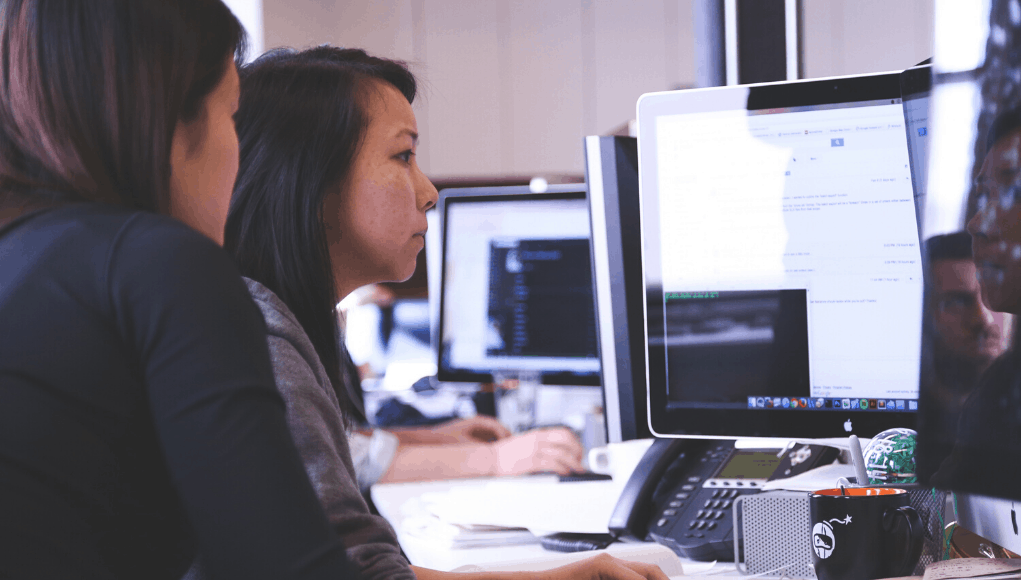
As we prepare our students for their future once they leave our classrooms, I believe that one of the most important skills that they need to develop is that of collaboration. We cannot be certain of the type of work that they will do nor the type of jobs that will exist, but being able to collaborate and to provide and receive support will be beneficial to any line of work. However, we need to go beyond the collaboration that occurs whether in person in the classroom, working in small groups or collaborating virtually through the use of digital tools. We have so many possibilities for extending their collaboration to a global scale and to best prepare for the future, this is what we must do in our classrooms. The benefit of setting up virtual collaborative learning experiences for students is that it shows the powerful capability of technology. Through different digital tools and organizations available, we can now offer faster and more reliable access to resources than we ever had before. But probably more important than this, it fosters a greater understanding of life in the real world and promotes cultural awareness for our students.
As a Spanish teacher, for years I have wanted to create global connections for my students but only until the past few years did I become more intentional about finding ways to do so. Drawing upon my experiences as a student and during the first years of my teaching career, finding opportunities or knowing where to look were areas that I struggled with. However, after doing some research and becoming more connected, there are a lot of digital tools and resources available for making these global collaborations happen and which do not take much time at all to get started.
In my practice, to connect globally, I use project-based learning is the first way that I connected my students with other classrooms and that has made a positive impact on their learning as well as on their personal growth. It simply took connecting with teachers using Edmodo as our platform and then building the different tools in to open up those conversations and create that space for students to collaborate within. Tools like Flipgrid, Synth, Padlet or Wakelet can be used for students to post messages whether written or audio or video and to work together to better understand a concept or potentially work together to solve a problem.
Resources for global collaboration and learning
Scavenger hunts: I’m sure most of us have participated in a scavenger hunt. A few years ago I found the platform Goose Chase which made it a lot easier and quicker to create a scavenger hunt for use in my classroom. What I realized is that by using digital tools like Goose Chase for example, is that those who can participate are not limited to students in the same class nor students in the same school community. Find a partner teacher to collaborate with and design a scavenger hunt that can be a way to exchange information about each respective culture, post images of the school, the town or what life is like beyond your own school community. The results would be amazing when students in both classrooms learn about another culture, become curious for learning, collaborate and problem-solve together while being in a completely different geographical location. This idea had not occurred to me until I participated in a scavenger hunt for a conference in California, from my home in Pittsburgh, and I actually won a prize. And if not Goose Chase, I can use things like Fliphunt or even Wakelet as a good friend of mine Laura Steinbrink had created. There are many tools to get started with this, but the idea is that we push beyond our own classrooms and involve other students so that we can learn and grow together.
There is no shortage of tools for use in our classrooms, whether digital or traditional format. What makes any one of them stand out is the purpose and knowing the why behind our decision to use them in our practice. When it comes to preparing our students for the future, the best that we can do is open as many doors as possible for them to look out into the world, explore, and find something that is interesting and leads them down a road of discovery. In addition to digital tools for promoting global collaboration, there are some organizations that have invested in building global awareness and digital citizenship.
Here are a few resources to start with:
Belouga: An educational platform that provides resources for educators and students to connect with classrooms around the world and engage in more authentic learning. Belouga focuses on promoting intercultural communication and offers resources such as projects for students to participate in to develop a greater global understanding. Belouga offers a deep dive series as well as a new feature that focuses on Mission 2030 and the Sustainable Development Goals.
Empatico: A free platform for use with their students ages six through 11. Educators can connect their classroom with a partner classroom and design activities to engage students in more meaningful learning as they develop greater global awareness. Through the connections made within the platform, students can build their vital 21st-century skills and take a more active role in learning.
Teach SDGs: The “Sustainable Development Goals” are something that we have been learning more about as we’ve done project-based learning in my classroom. Exploring the website and learning more about the needs and challenges around the world has made an impact on my students as well as myself for learning. Going to the Teach SDGs site, students can learn about the 17 goals set forth by the United Nations. Together we can look at global issues, learn how places around the world are solving these problems, and use this to set up connections with classrooms globally. Again it just takes finding the right tool to communicate through. It could be with Microsoft Skype, to set up a call to talk with someone who teaches in one of those places or to connect with an expert I can talk about a specific topic, but that opens up the potential to connect our students’ work together.
Write the World: Students ages 13 through 18 can write and share their work with writers from over 120 countries around the world. Through the global platform, students have opportunities to build their writing skills and become more comfortable expressing themselves. Write the World is a good way to get feedback from students, educators, and authors and to work to build a writing portfolio. With access to writing from around the world and the ability to share their work on a global scale, students and build cultural awareness and become more connected as they design their learning journey.
Global Book!: Or how about Michael Drezek, an educator from New York who came up with the idea to create a global book! Using Buncee, he started the story by sharing it with classrooms around the world and having students add to the book. In the first year, the book traveled over 23,208 miles! This is the second year that Michael is doing this project and the focus is on the global sustainability goals. Imagine having your students come up with part of a global story and in the end to see how they’ve connected with students from around the world without leaving your classroom or possibly even their seat.
As educators, we must continue to push ourselves to learn more about resources available as well as the different ways we can become more connected. There are many online events to build our skills, including virtual learning summits, webinars, and Twitter chats our own professional development. It is through these formats that we can reach out to connect ourselves and serve as a model for our students about the importance of and the power in global collaboration. Check out some of the resources that were available for global collaboration week, there are a lot of ideas and links to excellent resources.
For more, see:
- 10 EdTech Tools for Encouraging Classroom Collaboration
- Four Mega Trends Reshaping Global Learning
- The Anywheres and Somewheres of Global Education
- Closing the Familiarity Gap Through Global Education
Stay in-the-know with innovations in learning by signing up for the weekly Smart Update.

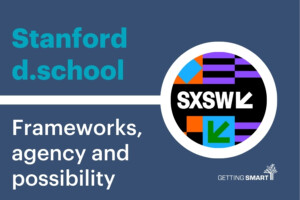

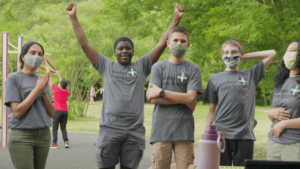
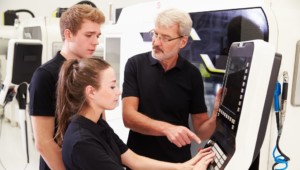
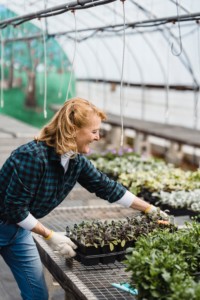
0 Comments
Leave a Comment
Your email address will not be published. All fields are required.